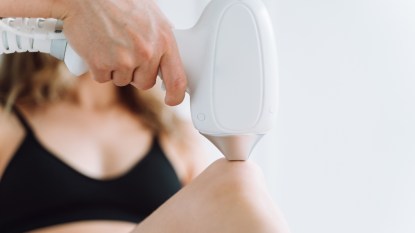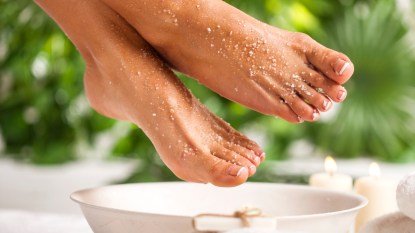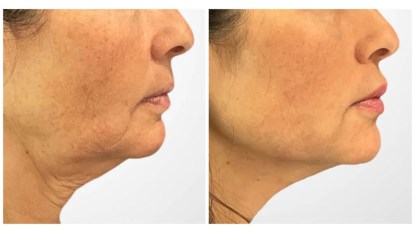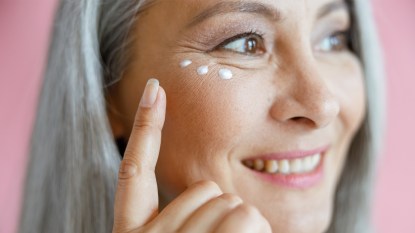Skin Flooding: The Viral Trend Dermatologists Swear By + How to Get the Best Results
It's all about the layers
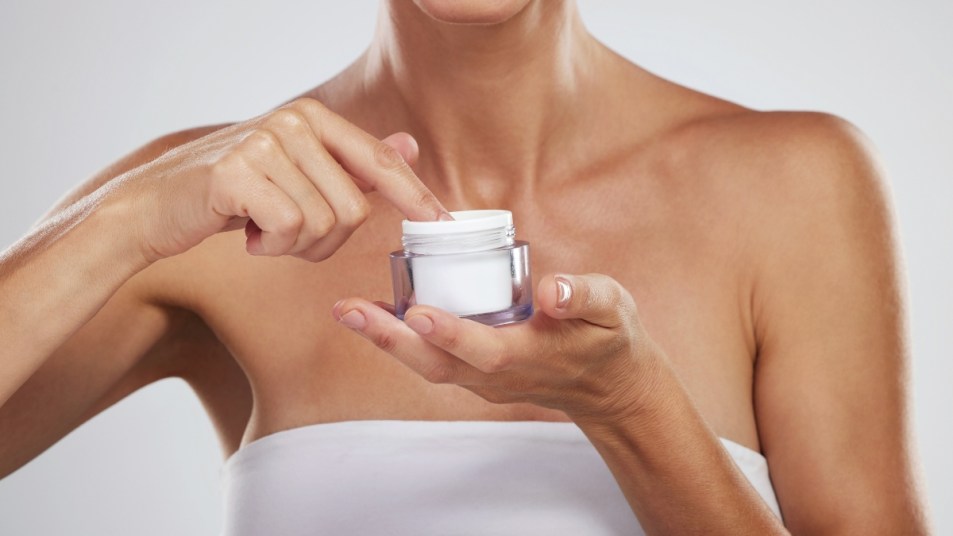
Move over, slugging. A new beauty trend has been gaining momentum! It’s called “skin flooding,” a process in which you drench your skin in moisturizer. Keeping your skin hydrated is crucial, especially in colder weather when your skin can be extra dry. However, with skin flooding, you don’t just lather a heavy moisturizer on your skin (which is more akin to slugging) and call it a day. Instead, you apply lightweight layers of hydrating products to your skin, to ensure optimal hydration levels.
We went pores-deep with dermatologist, Ava Shamban, MD a Beverly Hills-based board-certified dermatologist andthe founder of AVA MD Dermatology and SKIN FIVE Medical Spas. Dr. Shamban explains the benefits of skin flooding and why using too much moisturizer isn’t advised.
Why is my skin so dry?
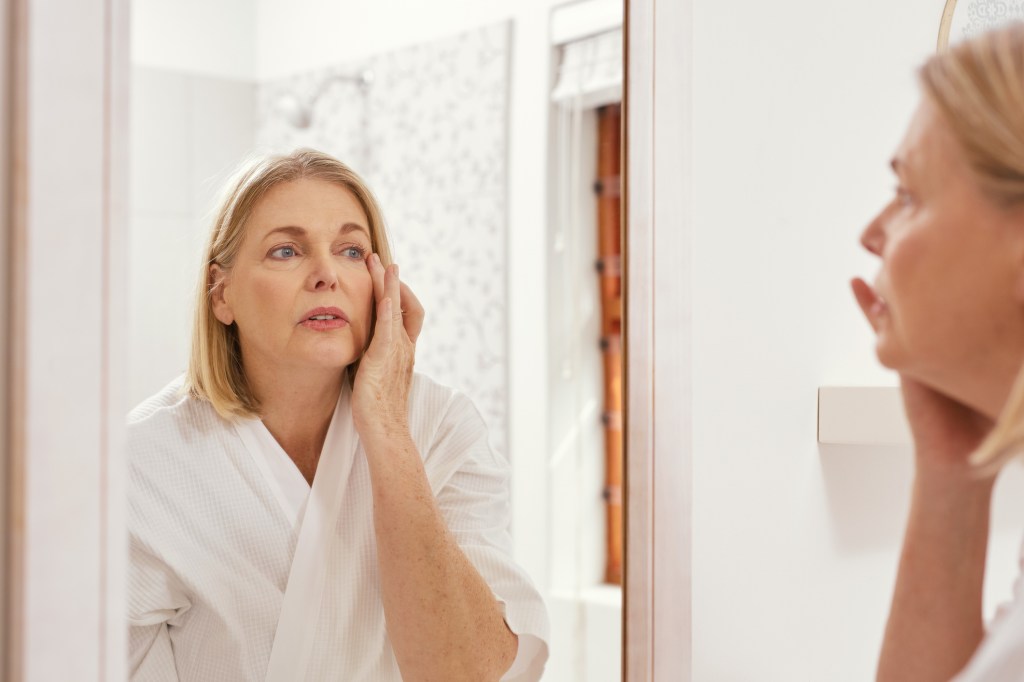
“Our skin tends to become both drier and more dehydrated as we age,” explains Dr. Shamban. “Our natural sebaceous system (the oil network within the dermis providing lubrication) slows down naturally, and the skin barrier preventing water loss starts to malfunction in perimenopause and beyond.”
As we age, we also have decreased skin cell strength and all the overall skin functions deteriorate. “So, supporting the skin with external help is key to help the skin look and act younger as we get older.” Additionally, explains Dr. Shamban, dehydration causes skin fatigue, highlights fine lines and wrinkles and gives a more sallow, dull appearance to the skin.
“In winter we lose more natural moisture than summer and as temperatures drop, humidity does too,” she adds. “So, the cool, dry air can pull moisture out of the skin. Also, heating systems pull moisture from the skin like sun to grapes, causing us to raisin.”
In short, “winter moisturizing is a must.” And so is skin flooding.
Skin flooding step-by-step
Remember, with flooding you are looking to achieve a deeper, longer lasting, more intense hydration for the skin. It’s time to layer, not just lather!
What you’ll need: For the first layer, opt for thinner, water-based products as the first layers to attract and move water into the top layers of your skin. Next, add thicker layers with more oil content or emollients. “Then close out with a thicker top; a skin barrier protectant layer to ‘seal the deal’,” she explains. See her product recommendations below.
Here’s Dr. Shamban’s advice on how to flood your skin, step-by-step. Note: She recommends doing this all before bedtime; so make it part of your nightly routine, especially in cold climates.
Skin flooding step 1: Cleanse
Start with a clean face, so use an oil-based melting cleanser “or super gentle cleanser” to break down all the makeup, environmental sludge, bacteria and debris. One to try? Instytutum Transforming Melting Cleanser (Buy from Instytutum, $59). “It’s exceptionally great to get skin clean and keep moisture balance and pH in check.” Want a lower cost option? Dr. Shamban also likes Vanicream Gentle Facial Cleanser (Buy from Amazon, $28.11).
Step 1A: Exfoliate — if necessary!
This step’s optional, but something to consider.
“You can use a light chemical or enzymatic exfoliation to remove dead skin cells. It’s key not to strip skin,” says Dr. Shamban. Rinse again with cool, tepid water and pat dry with a microfiber cloth. “Do not rub dry and do not use a terry washcloth to preserve the natural oils on the skin’s surface.”
An exfoliant from Paula’s Choice is a current Amazon Best Seller with over 96,000 reviews; one customer called it a “game changer” for your skin (Buy from Amazon, $35).
Skin flooding step 2: Mist
Lightly mist your face to ensure that the skin is moist before layering. “Look for a skin spray with niacinamide, hyaluronic acid or a PGA (polyglutamic acid).” Dr. Shamban likes Avene Thermal Spring Water Mist (Buy from Avene, $14).
Step 3: Infuse
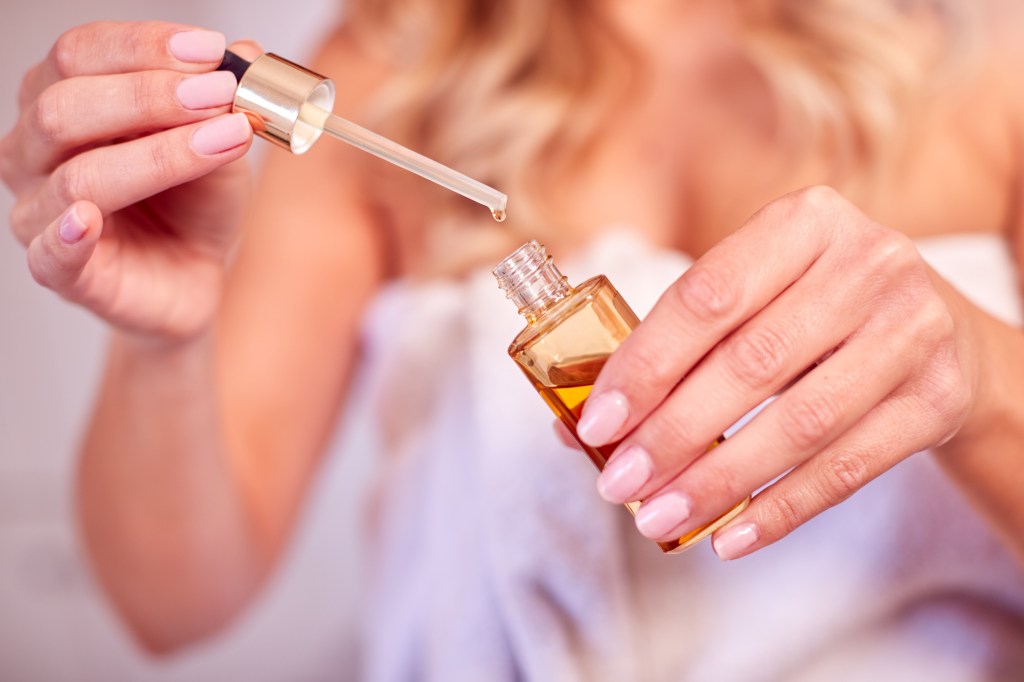
Now’s when you double-down on nutrition and hydration for the skin, “in the form of a light, water-based serum with hyaluronic acid or PGA as well as ceramides, glycerin, niacinamide and retinoids,” says Dr. Shamban. (Read, read, read those labels!) Use your fingers to massage into your skin. Dr. Shamban recommends La Roche-Posay Hyalu B5 (Buy from Amazon, $39.99).
“Hyaluronic acid functions as a great humectant that will help to introduce moisture into the skin cells and attach to existing moisture molecules,” she explains. “It therefore helps hydrate and plump the skin, reducing visible wrinkles and fine lines.” It also helps skin look “dewey and refreshed.”
Related: ‘I’m a Dermatologist And Here’s Why I Tell My Patients to Use Hyaluronic Acid Daily!’
Skin flooding step 4: Moisturize
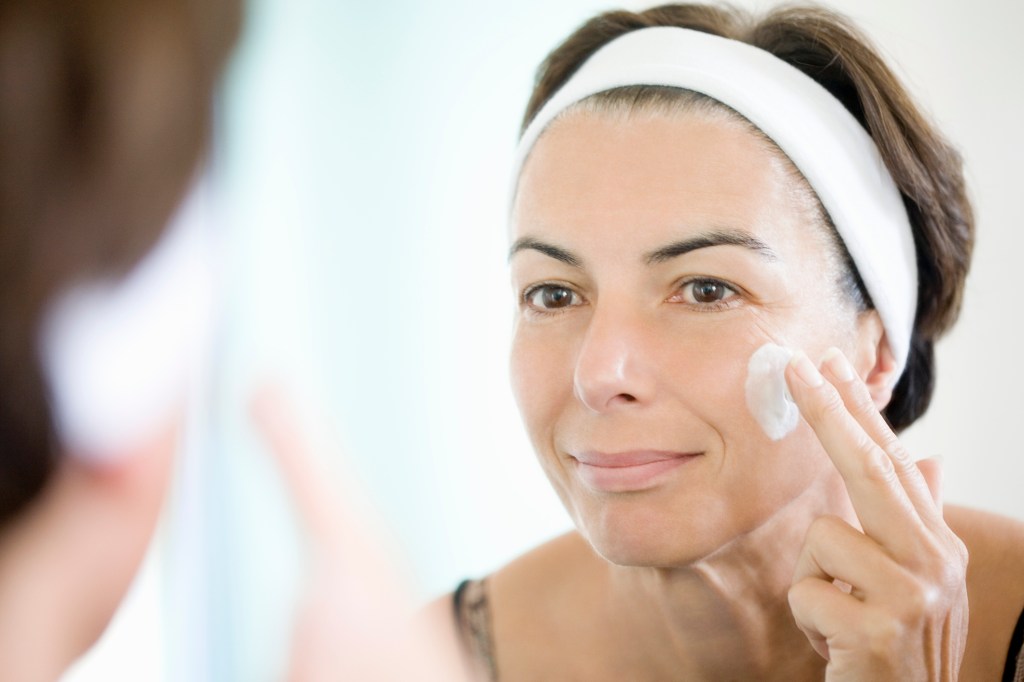
Finally, use a highly emollient moisturizer in a thicker lotion or cream that’s “chock full of fatty acids, peptides and additional ceramides.”
Give Bioderma Hydrabio Creme a shot (Buy from Amazon, $29.99), a favorite of Dr. Shamban’s. It’s fast-absorbing and contains Vitamin E.
Can skin flooding help prevent wrinkles?
Here’s the facts: 100% prevention is unfortunately not really possible, says Dr. Shambam. However, she explains, we can use skin flooding to help prevent water loss and the evaporation of water from the skin cells.
“Wrinkles and lines are in large part due to our genetics, our exposure to environmental factors, UVA/UVB, free radical damage and hormonal changes,” she adds. “If moisture content is high and sealed in the skin, we can see a plump and dewy appearance, which certainly helps to eliminate the appearance of fine lines and wrinkles which are exacerbated by dehydration.” So, while it will minimize and mitigate, “even skin flooding does not eliminate them all together.”
What about summer flooding?
Just because it’s recommended to flood your skin in winter doesn’t mean you should stop doing it in warm weather. “Summer is not a vacation from moisturization,” says Dr. Shamban. “Moisturizing the face and body is just as important in summer as in winter. Highly occlusive skin flooding, however, may cause more breakouts or clogged pores during the hot months.” (Occlusive is when a barrier is formed on the skin’s surface that prevents the loss of moisture and helps keep the skin hydrated.)
Is there such a thing as too much moisturizer?
According to Dr. Shamban: yes! “Your skin can produce less moisture on its own because it is too reliant on the moisturizer,” she explains. “Over-moisturizing can also cause clogged pores, because product that is not absorbed into your skin will just sit on top of your skin, which results in clogged pores.”
Also, over time, too much moisturizer can signal the skin to act differently. “It can ‘trick’ the cells in our skin into thinking it is making [or holding] enough moisture within the cells and therefore underperform.”
Related: The Best Tinted Moisturizers for All Your Anti-Aging Needs
For more dermatologists’ skin care secrets, click through these stories:
“I’m a Dermatologist and *This* Is Why It’s So Important to Wear Sunscreen in the Winter”
Top Dermatologist Reveals How *These* Stickers Can Make it Disappear Fast
“I’m a Dermatologist and Doing These 4 Steps Every Morning Ensures a Youthful Glow All Day!”
Why Everyone Is Buzzing About Matcha Benefits for Skin + How It Can Help Women Over 40



